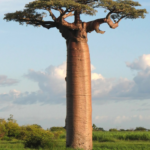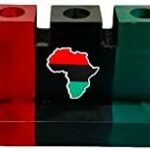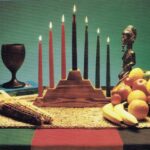That means and Significance
Kwanzaa, a vibrant and vital cultural vacation celebrated primarily in the US and Canada, offers a beautiful alternative for people of African descent to honor their heritage and to embrace the values of neighborhood, creativity, and self-determination. Rooted in African harvest and thanksgiving celebrations, Kwanzaa is a week-long vacation that begins on December twenty sixth and culminates on January 1st. It is a chance for African Individuals and folks of African descent to attach with their cultural roots and to strengthen their sense of identification.
 Seven Ideas
Seven Ideas
The vacation emphasizes the Nguzo Saba, or the Seven Ideas, which function the inspiration of Kwanzaa. These rules, collectively generally known as the “Seven Candles,” embody unity (Umoja), self-determination (Kujichagulia), collective work and duty (Ujima), cooperative economics (Ujamaa), function (Nia), creativity (Kuumba), and religion (Imani).
 Symbols
Symbols
In the course of the celebration, households and communities collect to take part in numerous rituals and customs that symbolize the rules of Kwanzaa. One of many central components of Kwanzaa is the Kinara, a candleholder with seven candles representing the Seven Ideas. The black candle, positioned within the heart, symbolizes unity and is lit on the primary day of Kwanzaa. Every subsequent day, a unique candle is lit, radiating the values related to the rules.
One other essential image of Kwanzaa is the Mazao, which consists of vegatables and fruits that signify the bounty of the harvest and the collective effort concerned in sustaining a neighborhood. This image encourages people to replicate on their contributions to society and try for a greater future.
Moreover, the Mkeka, a straw or fabric mat, is used as the inspiration for the opposite symbols of Kwanzaa. It symbolizes the historical past and traditions upon which the African-American neighborhood stands.

